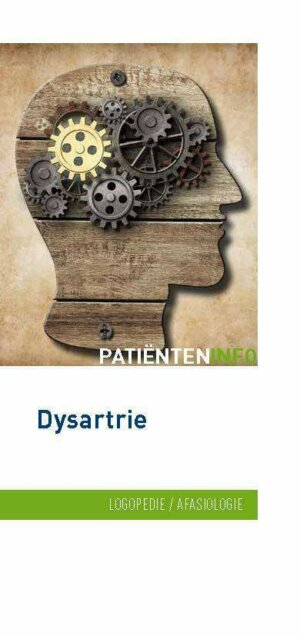Neurological speech disorder
Symptoms and causes
Symptoms and causesWhat is it?
Dysarthria is an acquired motor speech disorder caused by a neurological disorder.
We will briefly explain the main terms of this definition:
- Acquired: unlike congenital or developmental disorders, the person with dysarthria had normal speech prior to the onset of the disorder.
- Motor disorder: there is a problem with the motor execution of the movements needed to produce speech. As a result, the person may have problems with, among other things, breathing, voice, articulation, resonance, speaking rhythm and intonation of speech.
- Speech disorder: the intelligibility or naturalness of speech is impaired, other aspects of communication (understanding, reading, writing) are essentially normal.
- Due to a neurological condition: dysarthria is always due to a disease or condition of the nervous system. The nature and severity of the clinical picture has a significant impact on the evolution that can be expected.
Diagnosis and treatment
Diagnosis and treatmentThe speech therapist is responsible for the examination, treatment and supervision of persons with dysarthria (and their environment).
The severity of the dysarthria largely determines the main objective of the treatment. In mild to moderate speech impairments, the focus of the treatment is often on improving speech and/or maximising intelligibility.
In the case of severely impaired speech intelligibility, the treatment is aimed at improving communication rather than speech. The speech therapist always takes recent scientific guidelines into account when determining therapy objectives. In addition, the person and his/her immediate environment are involved in determining the content of the treatment. Logopaedic treatment for dysarthria is therefore always individually adapted.
Leaflet
LeafletMore information on the different types of dysarthria, the tasks of the speech therapist and examples can be found in the leaflet.
Only available in Dutch:

Dysartrie
DownloadTreatment centres and specialisations
Treatment centres and specialisationsLatest publication date: 15/05/2024



